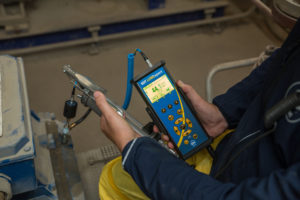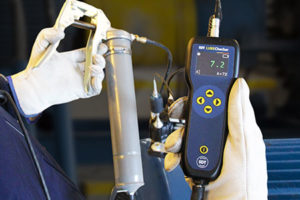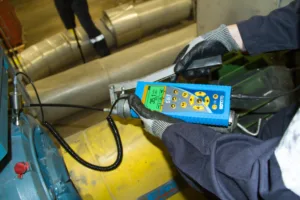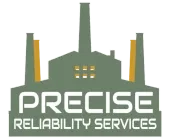Lubrication Best Practices
Bearings that are properly lubricated will last longer and perform more efficiently than those that are not properly lubricated. Greasing bearings is critical for maintaining the lifespan and performance of the bearings and your equipment. For the best results, there are many things to take into consideration.
Here are some best practices for bearing lubrication:
Choose the Right Lubricant:
Select a lubricant that is suitable for the bearing type, operating conditions, and temperature range. Consult the manufacturer’s recommendations or a lubrication expert for guidance.
Use Clean Lubricants and Tools:
Ensure that lubricants are clean and free from contaminants, as dirty or contaminated lubricants can lead to premature bearing failure. Use clean tools and equipment during the lubrication process.
Proper Storage of Lubricants:
Store lubricants in a clean and controlled environment to prevent contamination and degradation over time. Keep them sealed and protected from moisture and temperature extremes.
Monitor Lubricant Levels:
Check lubricant levels regularly to ensure they remain within the recommended range.
Monitor Operating Conditions:
Keep an eye on the operating conditions of your equipment, including temperature, load, and speed, as these factors can affect the lubrication needs of the bearings.
Maintain Clean Bearing Housings:
Ensure that the bearing housings are clean and free from debris, dirt, and old lubricant residues before adding fresh lubricant.
Use Seals and Shields:
Employ appropriate seals or shields to prevent contamination and retain lubricant within the bearing. Regularly inspect and replace damaged seals.
Train Personnel:
Provide proper training to maintenance personnel responsible for bearing lubrication. Ensure they understand the importance of lubrication and follow the best practices.
Keep Records:
Maintain detailed records of lubrication activities, including dates, lubricant type, quantity used, and any observations or issues noted during lubrication.
Implement Condition Monitoring:
Use condition monitoring techniques such as ultrasound, vibration analysis, temperature monitoring, and oil analysis to detect early signs of bearing problems.
Proper bearing lubrication is essential for equipment reliability and longevity. By following these best practices, you can help ensure that your bearings operate efficiently and have an extended service life.

Lubexpert
The SDT LUBExpert Ultrasound tool is an affordable tool to help you grease bearings right. The Lube expert allows you to monitor bearings as lubrication is being added. A bearing with not enough grease is “loud” as is a bearing with too much grease.

LubeChecker
In the realm of bearing maintenance, inadequate lubrication is a primary culprit behind costly failures. Enter LUBEChecker, an ultrasound-based innovation laser-focused on optimizing grease replenishment. This remarkable tool seamlessly integrates into your lubrication routine, harmonizing with condition-based intervals.

SDT270 with Lubexpert Option
The SDT270 with the LUBExpert option lets you know when to grease, and how much to grease to use, which are key to optimizing bearing lubrication. Predict lubrication intervals and add just the right amount of grease with SDT’s integrated ultrasound greasing solutions.
